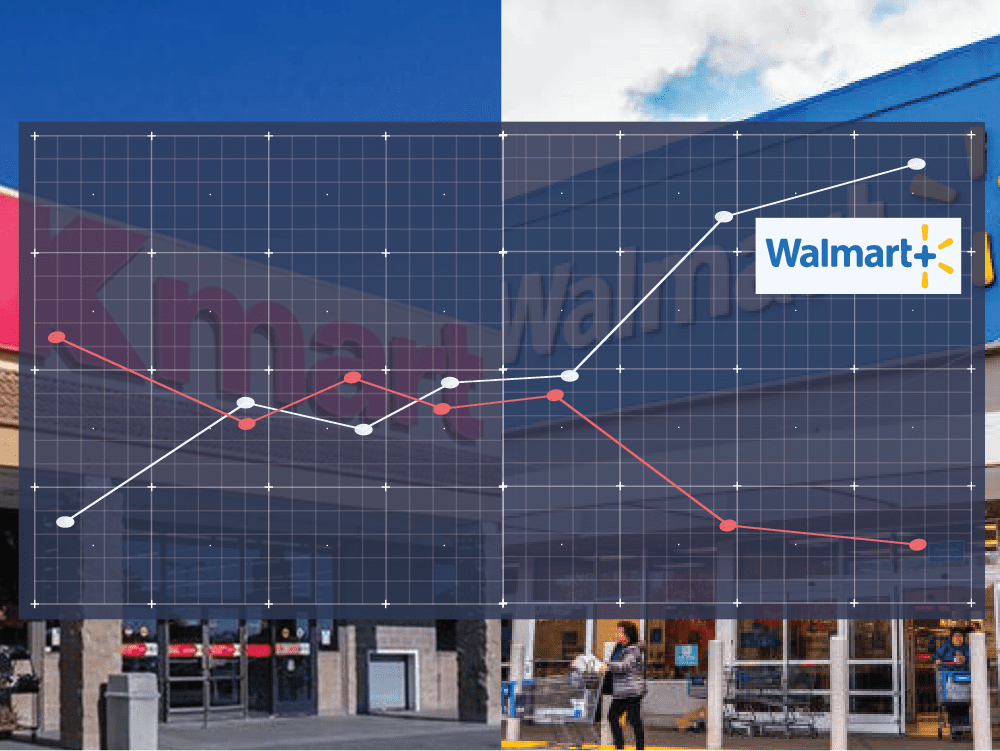Inventory management is the process through which businesses keep a track of their inventory flow. It is crucial to the growth and success of business. It can be done both manually or through an automated system. Manual inventory management has always been cumbersome and a time intensive task. Most businesses today prefer an automated inventory management system in place which helps them track their inventory flow effortlessly.
Businesses today are subjected to some major digital disruptions around consumer experience, operational efficiency and technology driven businesses are establishing the rules, which the rest of the Industry will have to follow suit as a mandate. With the rise of giants like amazon, small businesses need to adapt to a more technology savvy workflow to appeal to their customers everchanging high standards of customer experience.
Forward looking businesses are well aware of the direct relation between Inventory Management and User-experience
‘Customer wants it now! Actually they wanted it yesterday..’ is the attitude most businesses have to deal with in the post same day delivery era. The customer has become more and more fickle when it comes to their order deliveries and in an era like such, managing inventory through a Data driven approach is more and more crucial for businesses of today.
Having concise data on your business’ inventory makes your life easy! A Inventory management system that is validated by strong data behind it just makes the day-to-day operations of your business that much smoother.
The key benefits of data-driven inventory management are:
- Clear track of your Stocks
- Smooth & efficient operations
- Improved customer service ,
- Synchronized Inventory lineup
- Higher GMROI
Real-time data on your inventory allows your businesses to match the real-time demand & avoid stock-outs. You, as a business owner can start to see patterns in how and what is selling for your business. This helps you in planning your inventory stock better for the future

Inventory Management Case Study: The Curious Case of Walmart Vs Kmart
How Walmart took off during the price war in the 1990’s leaving behind its competitor Kmart is a compelling example of how planning your inventory well can actually be a strong business move that gives you an edge over your competition.
Walmart came into the business with a strong inventory management system in place. They were able to track, in real time, what was moving and how fast they needed to restock. Kmart chose not to invest in the technology and logistics, and stubbornly maintained traditional operational systems which gave Walmart an edge over them. Walmart’s new inventory management system allowed them to restock their shelves more efficiently and kmart could just not catch up with a data driven inventory management system.
Slow adaptation of trending ecommerce and inventory management put Kmart to rest as online shopping became the new norm.
Walmart named this new system “just-in-time inventory” that cut down on excess inventory, & that in turn freed up cash that was then invested in business growth and expanding to new locations. This was an innovative and efficient system which offered better insights into their customer demand — Walmart was able to offer products that customers wanted at a lower price. The new Inventory management system turned out to be a boon for the company and for its customers.
The result is out there for the businesses to learn and evolve from.
Between 1998 and 2000, Kmart stock prices dropped by 63%, while Walmart stocks rose by 82%. In the early 2000s, Kmart’s decline continued. The company filed for bankruptcy in 2002, closed Kmart stores all across the United States, and ultimately merged with Sears Roebuck in 2005.
By failing to adapt to the new and more efficient ways of inventory management, technology and logistical systems Kmart’s business was doomed— while Walmart emerged victorious with flying colors.
FRAGO gives the same data driven inventory planning capabilities that Walmart used to its advantage to businesses at large. FRAGO just doesn’t focus on the inventory but also helps businesses understand their customers better. FRAGO creates customer personas based on customer’s interests that help in targeting the customers better.
Forming A Well Informed Inventory Plan Through Data Analysis
Data analytics gives you visual insights into the patterns and trends that can be leveraged to improve business operations. Concise data of what products are the best sellers for your business, how much of what product sells, and during which part of the business year it sells helps a business professional in efficiently planning their inventory. It also helps in reducing costs, maximizing sales, increasing customer satisfaction & most importantly helps in keeping a track on inventory shrinkage.
In a Nut-shell, Data analytics helps revolutionize the way you manage your inventory.
With the changing market trend, there is a pressing need for a robust-cloud based solution that can collect data of all the variables like buying preference of the customer, availability of stock and seasonal fluctuations etc and present the analytics needed for inventory optimization.
FRAGO is a first of its kind solution that empowers businesses of any size with the same data analysis technologies that tech giants like Google and Amazon use. It helps a business in structuring their inventory based on their existing sales data. FRAGO also gathers intel upon your customers and helps businesses understand which demographic segmentation of customers are their biggest consumers, so the business can adapt their messaging to the same.
FIFO (First-In-First-Out) Inventory Structures using FRAGO
FIFO or first in first out, as the name suggests is a way of planning the inventory in a seamless manner. In this form of inventory planning technique, the first product you produce gets sold the earliest and hence there is no delay on the customer side of things. Planning inventory in this manner requires concise data on your past sales to have a predictive model in place for your business to follow. Let’s understand this with a famous example:
British fashion brand Burberry is one of the most famous luxury labels in the world, offering premium quality products, recognizable designs, heritage, exclusivity, and has an extremely premium global reputation. The company continued to gain popularity by designing outfits for British officers, famous actors, and some sporting or outdoor events (Cotte & Jarosinski, 2017). Burberry experienced a boom in sales and branched out into fragrances, accessories, and children’s wear in 1997. Sales grew from 2004-2017.

But in 2018, experience-based luxury companies witnessed 10% decline in sales. In order to sustain the company’s success, the leaders quickly adjusted their old strategies in a timely manner to deal with the changing trends.
As shown in its 2018 annual report, Burberry implemented data analytics with customer feedback to better understand customers and offer personalized services through the omnichannel (app, website, email, and in stores), which helped enrich customer experiences that built a better connection between the company and their customers.
Burberry keeps gathering datasets & use FIFO inventory tracking to make sure their inventory management system is optimized & products are available on demand and they never run out of stock.The data analytics used by Burberry is focused on gaining an understanding of its customers and offering them high-quality personalized service to enable experiential shopping, which is consistent with the core culture of the luxury market. With the investment made in experiential shopping through its Customer 360 program, in 2015, Burberry had 50% more repeat purchases (Marr, 2017). The capabilities of data analytics applications have made it more economical and simpler for customers to purchase personalized products and increase brand loyalty because customers can enjoy real-time personalized service without paying extra money. (According to a research paper published in 2019 by University of Rhode Island).
FRAGO can help you form similar FIFO structures for your business. FRAGO will analyze your customer’s buying patterns and help you get an idea about your inventory’s itinerary. A business can structure their inventory well with concise understanding on their past orders and what their customers like from their business. Such data will also help in forming potential new product/service ideas as well, backed by your existing customer personas and their tastes.
Technology is changing the way businesses plan their day to day processes. The growing competitive climate has made it such that a business just can’t sustain if it does not adapt with the times. Customers are becoming more and more adept at buying an experience from a business and not just the products. In such a climate, Data that helps you understand your customer like a friend gives you an edge from your competitors. A Data driven approach to planning your business’s inventory is crucial for a seamless customer experience. Data driven inventory just doesn’t give your customer a better experience, but frees your time spent on endlessly mapping your goods on excel sheets.
FRAGO is a complete automation software designed with businesses in mind. From inventory, to sales, to updating your customer base, FRAGO does all that at a click of a button. FRAGO helps you understand your customer and thereby helps you tailor the experience you offer them. Wanna know more? Book a demo with us. (CTA)


